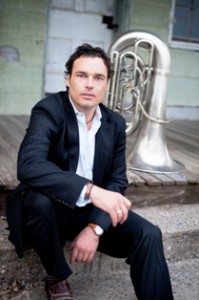
Maureen Murphy
How to work together….using successful business practices as a model for sustainable collaborations in art education
Posted by Mar 12, 2014

Maureen Murphy
Whether we are working on education policy or we are teaching Art Education in the classroom we face chaos, frustration, isolation, and uncertainty every day. The statistics for teachers to abandon the profession after just one year are staggering. We are all racing to keep up with the new technologically-plugged-in-student, new tests and standards, and to find the time to actually teach. We feel like there isn’t anyone there to catch us when we fall and yet we have this untapped source: each other.
Collaboration and building partnerships in our field can provide the support system that we need. It has the capacity to end isolation and frustration, and to provide experience and resources. As a collective, we have the capacity for rapid advancement and a more powerful reach. The importance of interaction and interdependence whether in the classroom or a county, a state or a nation, is a simple idea but generally not sustainable - unless we model it on what has proven successful in today’s market.
Read More















